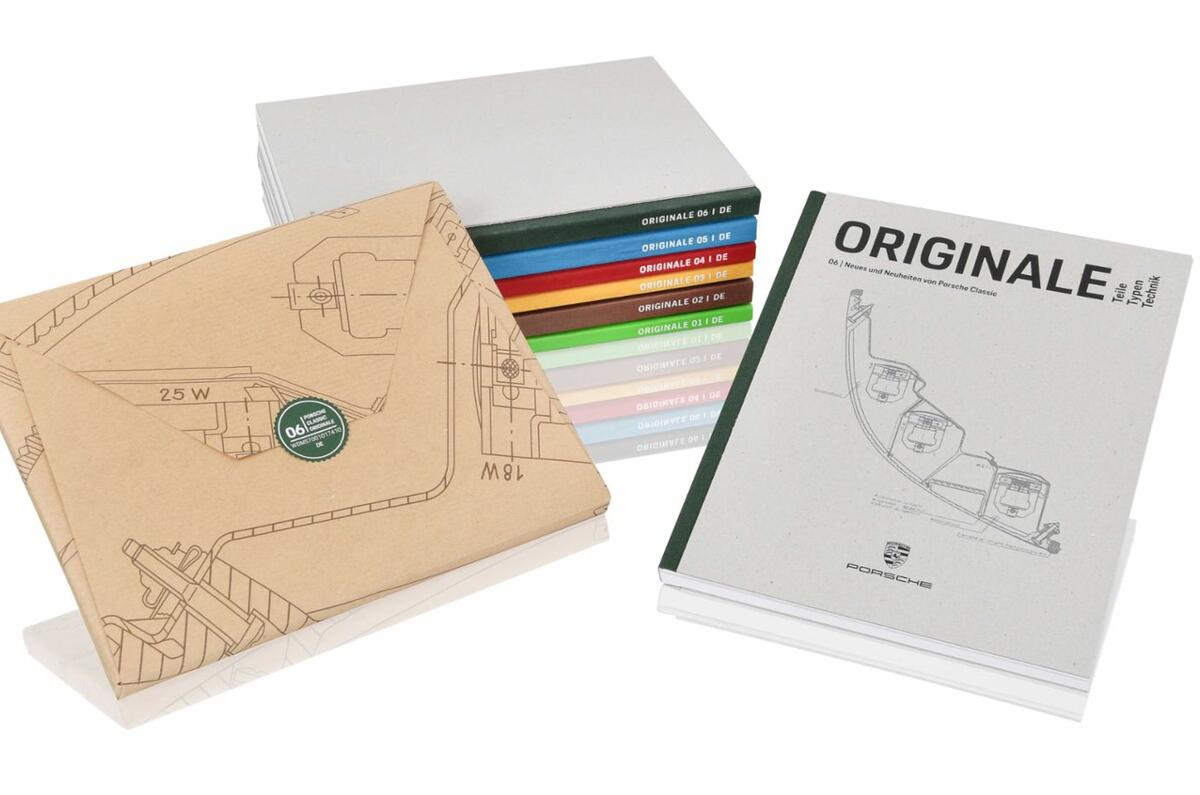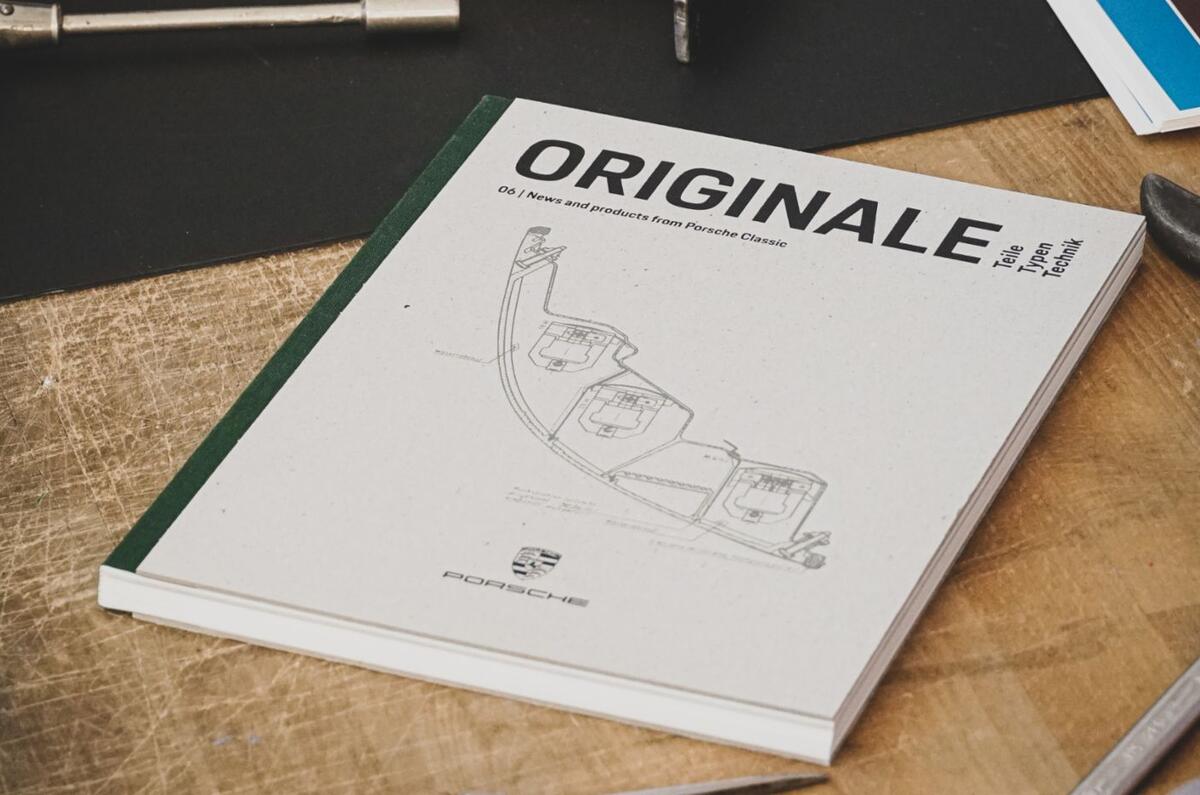Apologies if I’m behind the curve here, but I’ve only just stumbled over Porsche’s amazing ‘Originale’ classic parts catalogues. Components for old Porsches presented in a super-stylish magazine.
Some of the components are given the glossy magazine treatment, such as the newly commissioned rear light cluster for short-wheelbase 911 models. You can even buy all six Originale brochures as a boxed set from Porsche Classic dealers for £65, such is their bookshelf appeal.
Clearly, this is good business for Porsche, as there can’t be a tired air-cooled Porsche 911 left that’s not worth restoring. And the more smart old 911s that appear on the roads and on endless Instagram accounts, the better it is for Porsche’s brand value.
But there are plenty of worthy and collectable cars around that aren’t Porsches. Not exotic, but fine pieces of industrial design in themselves. Often much cherished. And it’s these cars that are getting increasingly difficult to keep on the road.
A few weeks ago, I was asked to help out the owner of an Audi 100 Avant V6. They’ve had it since new, buying it from Scotts of Sloane Square in Chelsea back in 1993. The body is immaculate, the V6 engine extremely smooth. (It even lacks airbags. It’s one of the last Audi models equipped with Procon Ten. Google it…)
There were two problems. Firstly, the headlights had all the power of flickering candles and the car lived in the deep countryside. Secondly, the owner’s husband, used to parking sensors in his own car, had shattered the inner tailgate light cluster when reversing. A likely MOT failure.
The headlights were easy. The reflectors were perfect and the lens made of good old glass. So £58 spent on a set of Phillips Racing Vision bulbs and night became day. Replacing the rear light cluster was much harder. The 100 Avant is a 28-year-old car and, back then, premium cars sold in much smaller numbers than they do today.
I threw the search open to Twitter and was assured that the 80 Avant inner cluster was the same unit, but I didn’t want to waste time and money guessing.











Join the debate
Add your comment
No car has a guaranteed parts supply past 10 years old, so even early BEVs will crash into this problem in a few years time. For mass-market cars, scrap yards are the saviour after 10 years, but for a specialist car, you either need a wide enthusiast base or very deep pockets.
I have used aftermarket ECUs in an MX5 to keep it on the road, (Emerald), but for something like your Audi 100 the key will be information on wiring looms and connection pin-outs. Something like a LR Defender, Freelander or Range Rover, MX-5 or Toyota Celica/Skyline/MR2 are relatively easy to support as the userbase has collated data for most faults and workarounds. It will be the low number/low user engagement vehicles that will be scrapped first.
3D scanning, 3D printing and programmable chips will allow keen owners to make replacement parts and ECUs, but all of it is doomed without model and manufacturer specific information. We all need to support the "Right to Repair" and press for all model information to be made "open source" once then manufacturer has stopped supporting the vehicle.
To covert my old ICE classic car to a BEV takes a lot of knowledge about secondary systems, that is not necessarily public knowledge. For my 1972 Morgan, it will be easy; for a CANBUS Range Rover or BMW X5, it will be much harder!
And where coal IS used to generate electricity? China, one of the biggest promoters of electric cars, uses what to generate the majority of its electricity? Oh, right -- coal. China also just happens to produce the vast majority of rare earth minerals used to manufacture electric motors. Does China have a personal interest in this? Hmmm, just maybe... Oh, and what powers China's production of rare earth minerals???
There are pros and cons to EVs and there are pros and cons to ICE cars. The fools are those who see only one side of either.
Of course EVs pollute, but it's a big step in the right direction and will get better as the tech improves. At least the naysayers have stopped going on about using coal to generate electricity.